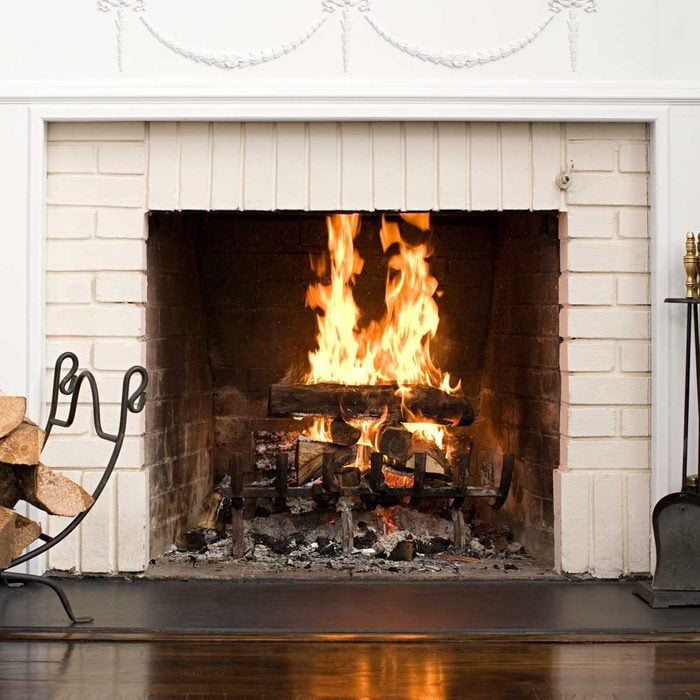Make sure your fireplace functions properly so it's ready whenever you, your family and friends want to enjoy it.
9 Most Common Fireplace Repairs
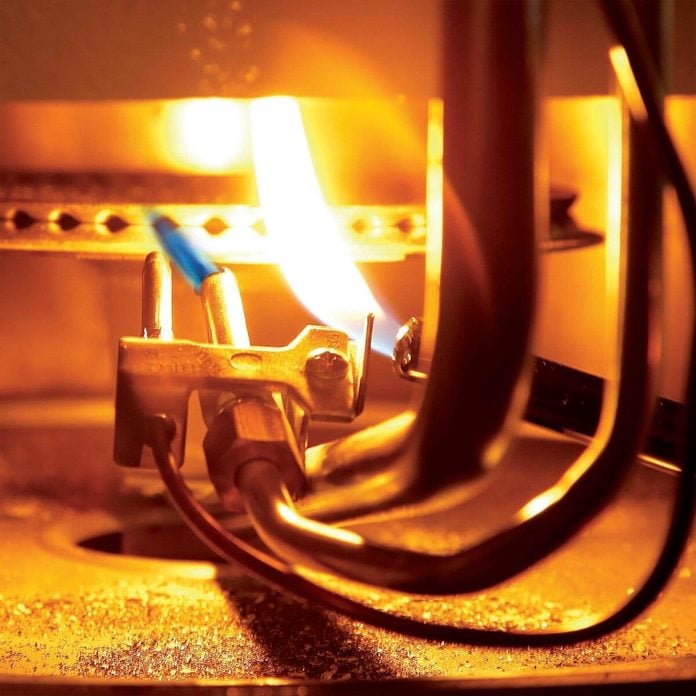
Pilot Light Not Lighting
The pilot light in a gas fireplace is a small gas-fueled flame that stays lit constantly, igniting the main burners when heat is demanded. Sometimes the pilot light goes out and the burners won’t light.
The fix could be as easy as restarting the tiny flow of gas leading to the pilot light and relighting it manually. If that doesn’t work, there could be moisture in the gas line. In that case, the line will need to be drained and cleaned by a certified technician.
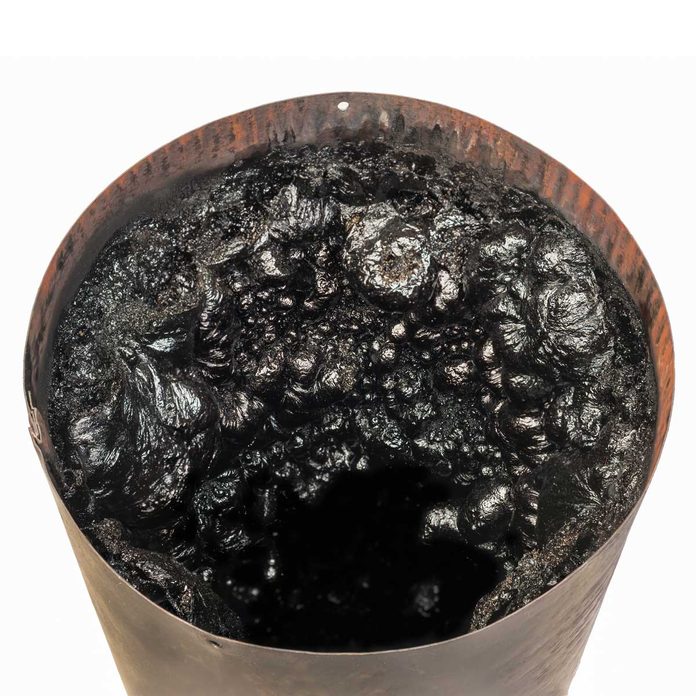
Creosote Buildup
Creosote is a hard, black substance resembling tar that forms when smoke from a wood-burning fireplace cools and condenses, particularly when the fire is not burning really hot.
A creosote buildup in the chimney can restrict airflow and cause smoke to enter the house instead of being released outside. (This is called backdrafting.) And creosote is highly flammable, so too much buildup in your chimney can be a fire hazard.
To help prevent creosote buildup, make sure your chimney has a strong draft. And have the chimney cleaned by a pro or DIY regularly.
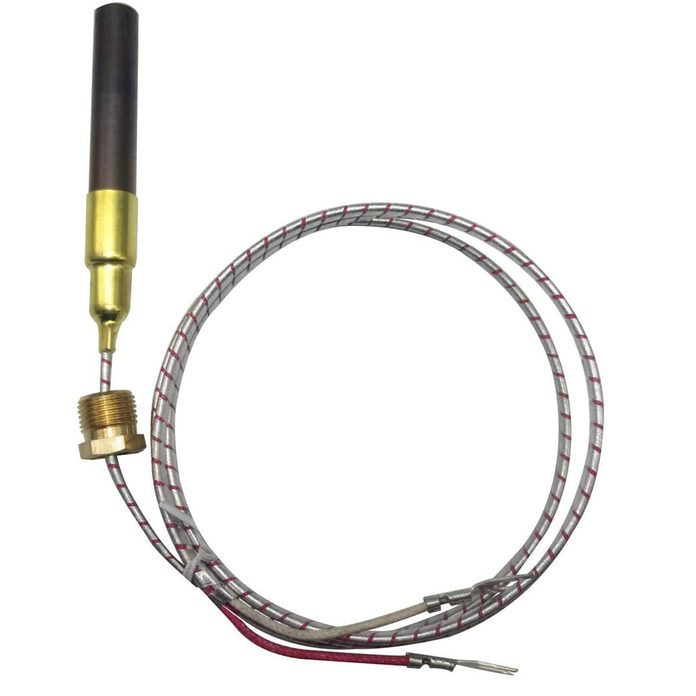
Pilot Light Not Staying Lit
In gas fireplaces, the thermocouple keeps the gas flowing to the pilot light as long as combustion is happening there. It does this by sending a small amount of electricity into the gas valve whenever it detects heat, signaling the valve to stay open. If your pilot light only stays lit for 20 to 40 seconds or so, then repeatedly goes out, chances are your thermocouple is to blame.
Sometimes, thermocouples are not hooked up properly or not properly secured. Making sure all wires, screws and tubing are connected properly can often solve the problem. If not, a new thermocouple might be needed. Don’t mess with your thermocouple yourself. Instead, get a certified repair person to help.
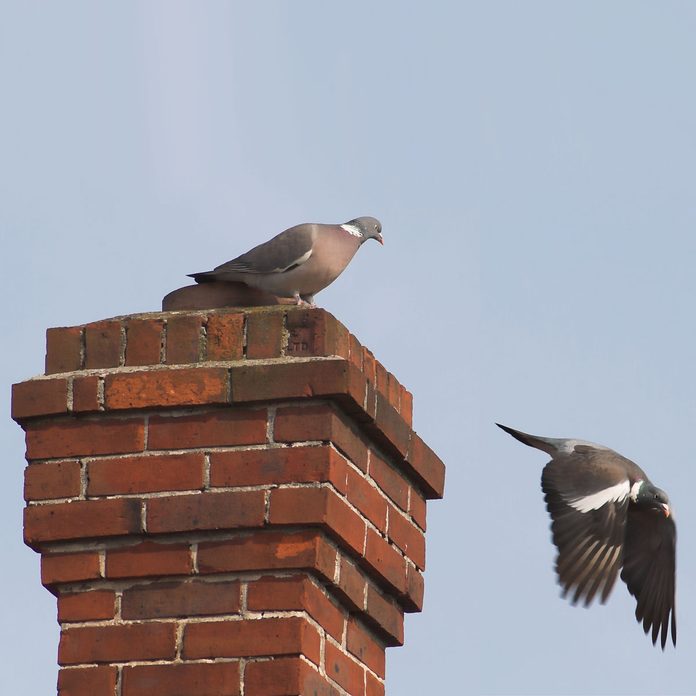
Chimney Obstructions
Birds and other animals like to build nests in chimneys. If there’s a nest in yours, you’ll know quickly after lighting a fire, because smoke will begin pouring into your home.
Install a chimney cap on the top, which keeps unwanted critters out while allowing exhaust to escape. Inspect your chimney cap regularly because other debris, like leaves and branches, can get caught in it.
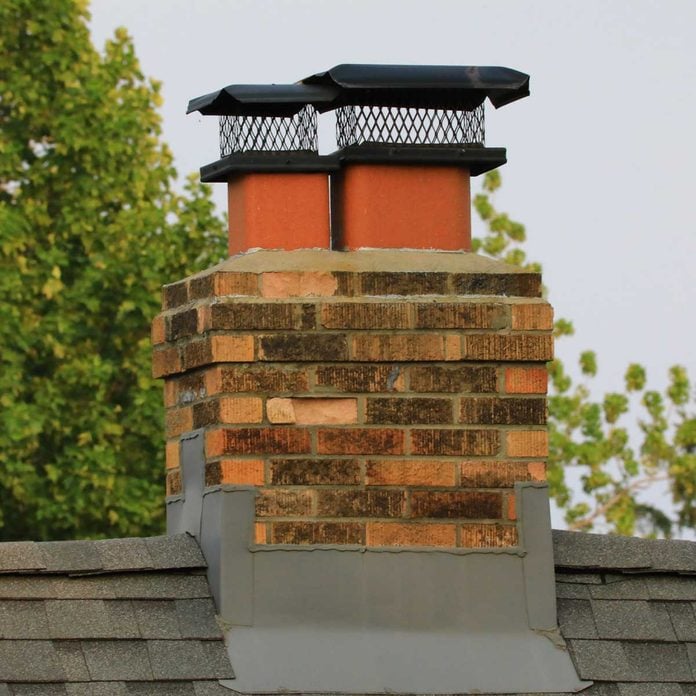
Too Short Chimney
Design flaws, like a chimney that’s too short, can prevent sufficient draft in wood-burning fireplaces. To vent smoke properly and reliably, a chimney needs to extend at least three feet above the peak of the roof, and at least two feet above any other objects within 10 horizontal feet. If it doesn’t, high winds and other weather conditions can cause smoke to backdraft.
The solution: Buy and install an additional segment of chimney pipe on the top of your chimney. Hire a professional for this unless you have experience and proper safety gear for climbing on your roof.
Dirty Gas Fireplace
Not cleaning your gas fireplace often enough can cause several issues, like lower flame height, decreased heat output and even gas leaks.
When cleaning, make sure the gas is turned off and the fireplace is completely cool. Next, carefully vacuum any dust and debris off all surfaces, including the burners. Use only manufacturer-approved glass cleaner and inspect for chips or cracks while you’re at it. Remove any deteriorating artificial logs to prevent them from causing a malfunction. Finally, have a technician inspect your vents, flue and chimney and remove any debris there. Next, read about how to clean fireplace brick.
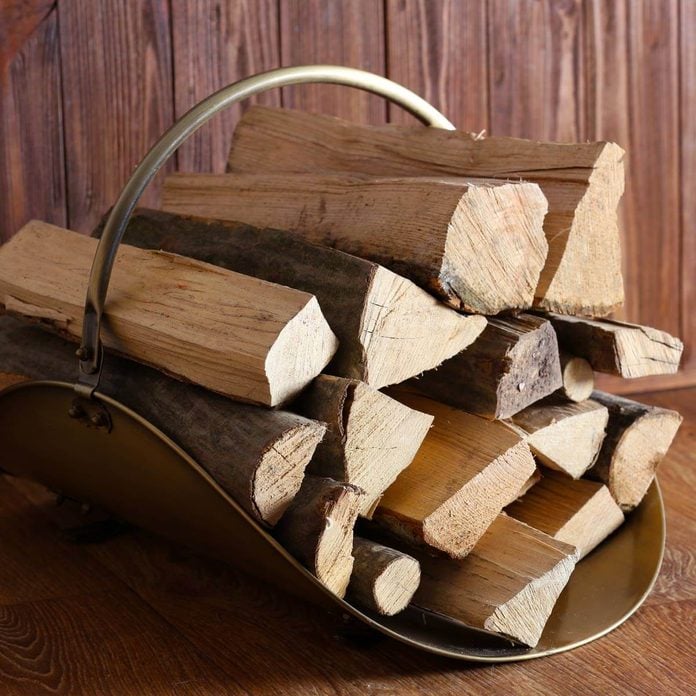
Low Heat Output
If your fires don’t burn well or provide much heat, poor quality firewood could be why. One common mistake among inexperienced wood burners is using freshly-cut or “green” wood, which still has plenty of moisture in it. That prevents it from burning cleanly or giving much heat. Make sure to burn only seasoned wood that has been properly dried for at least several months.
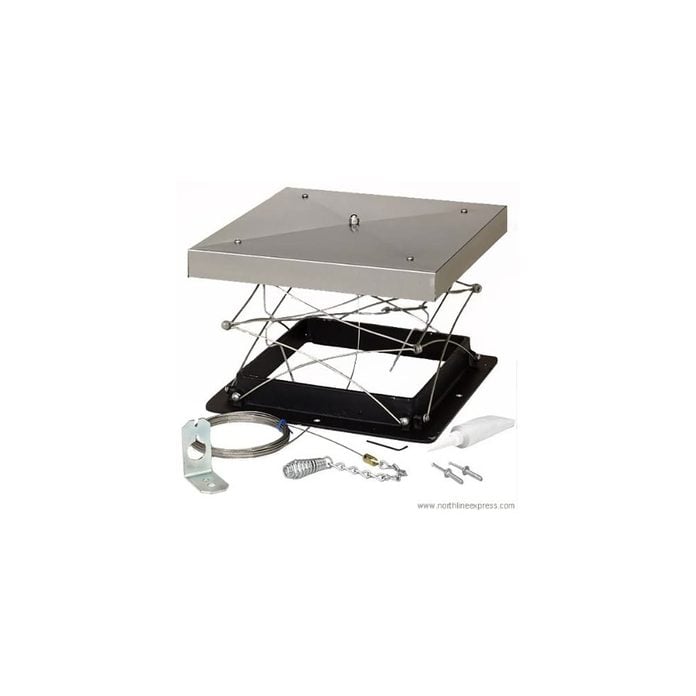
Poor Draft From Closed or Stuck Damper
A fireplace damper is an adjustable steel flap that keeps more or less heat in your home, depending on how open or closed it is. It always needs to be at least a little open when a fire is going to maintain draft and let the smoke leave through the chimney. If you forget to open the damper, smoke will billow into your house and endanger your health.
Always make sure the damper is fully open when a fire is first lit, and keep it at least a little open as long as combustion is still happening. Sometimes the damper’s hinge mechanism stops moving smoothly due to dirt, creosote buildup and corrosion.
When the fireplace isn’t in use, clean the damper and damper hinge thoroughly with a wire brush, then coat the hinge with a lubricating oil that creeps, like WD-40. Give the oil some time to move into the hinge, then work the damper open and shut repeatedly until it moves smoothly.
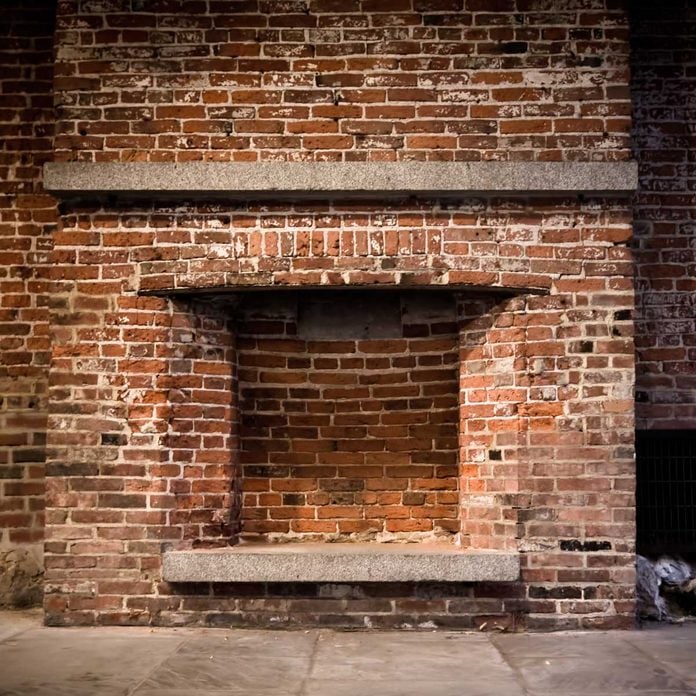
Cracked Fire Brick
All fireplaces are lined with heat-resistant masonry blocks called fire bricks. Although these are meant to withstand the full intensity of heat in a fireplace, they don’t last forever. Poor installation, a shifting house foundation and chimney fires can all cause the fire bricks to crack. Cracks may lead to harmful gases leaking into your home, and that’s why any cracks or damage to your fire bricks must be fixed right away.
If you have experience laying fire brick, give it a try yourself. Otherwise, hire a fireplace specialist to come in and replace the cracked bricks.
Unsure how to use a wood-burning fireplace? Check out these tips on fireplace maintenance.

